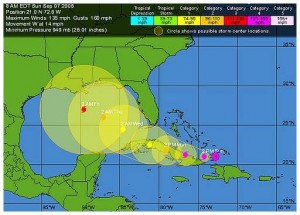The Beatings Will Continue Until Forecast Accuracy Improves
Question: What is the maximum level of accuracy with which you can predict the toss of a fair coin?
Answer: 50%
It does not matter that you’ve set a mandatory minimum forecast accuracy level of 90%, or even 60%. There is no incentive, no bonus, no allocation of restricted stock options that could make me forecast a coin toss at better than 50%, nor any threat or punishment. The only thing threats accomplish are to invent ever more clever ways to tamper with the coin; to cheat.
Which brings us to this important forecasting principle: forecast accuracy is first and foremost a property of the data itself.


